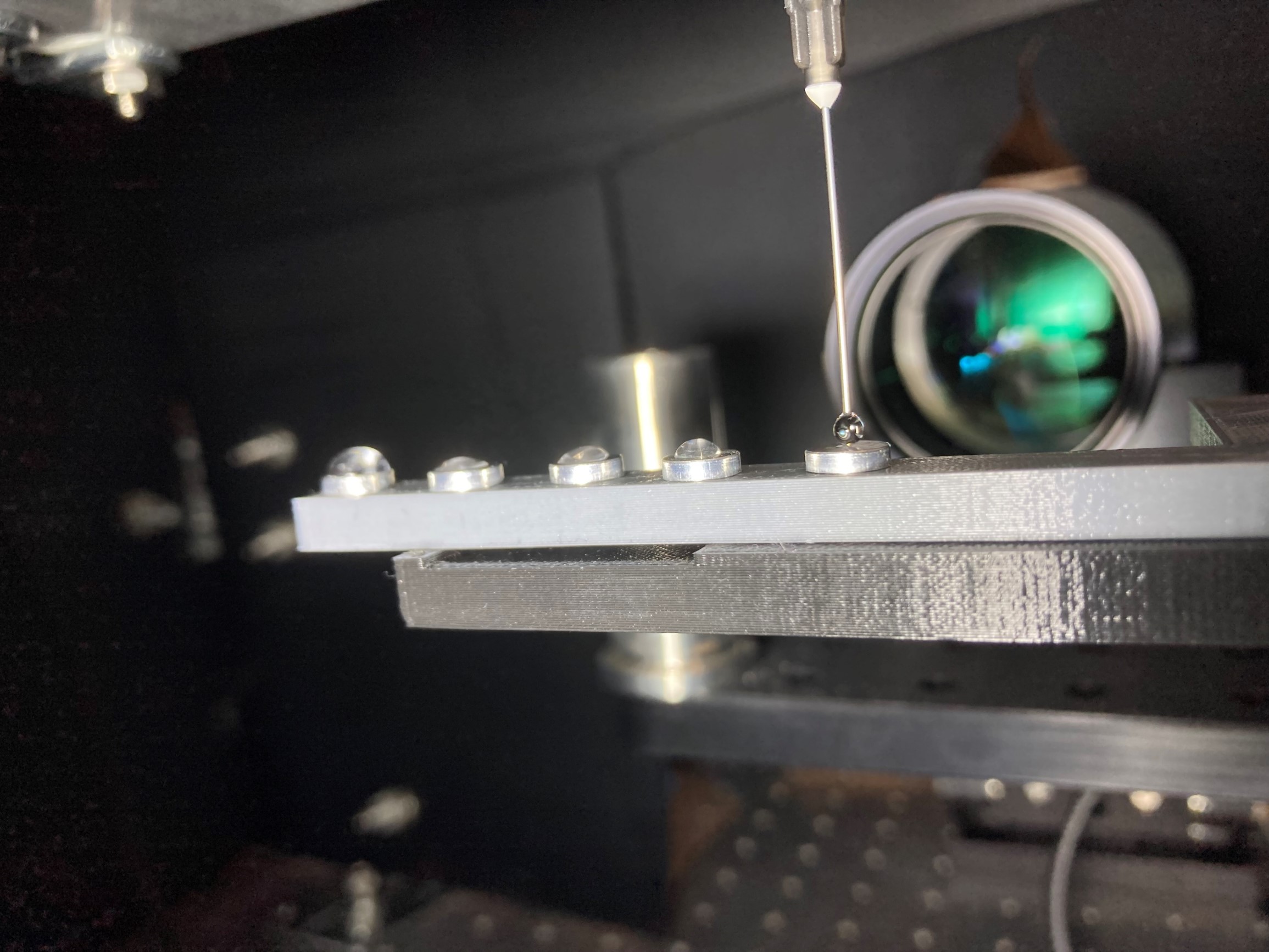Dripping onto substrate extensional rheometry (DoSER) tools
A complete Python package for analysis of polymer solutions via DoSER. 
A complete Python package for analysis of polymer solutions via DoSER. 
Species distribution model based on a random forest. This uses climate information to predict frog locations. This was a team project; we submitted this to the EY Better Working World data science challenge and finished as a global semifinalist (top 15 of 8000). 
A linear regresion model to predict NBA salary. Or, predicting salary without any performance data is really hard. 
General protein-peptide affinity predicted from biochemical features.
Regression based on a dataset of 1,614 drugs from AstraZeneca.
The human plasma protein binding rate (PPBR) is expressed as the percentage of a drug bound to plasma proteins in the blood. This rate strongly affect a drug’s efficiency of delivery. The less bound a drug is, the more efficiently it can traverse and diffuse to the site of actions. From a ChEMBL assay deposited by AstraZeneca. 
The experimental result on the rate of drug passing through the Caco-2 cells can approximate the rate at which the drug permeates through the human intestinal tissue.
Published in Nature Materials, 2015
This paper is about controlling polymer hydrogels with reversible, non-covalent bonds, created from metal-ligand interactions.
Recommended citation: Grindy, S., Learsch, R., et. al (2015). "Control of hierarchical polymer mechanics with bioinspired metal-coordination dynamics." Nature Materials. http://rlearsch.github.io/files/Learsch_Polymer-mechanics_2015.pdf
Published in Journal of Polymer Science, Part A: Polymer Synthesis, 2018
Custom synthesis of star polymers with polywedge arms.
Recommended citation: Learsch, R. W., and Miyake, G. M. (2018). "Arm-First Synthesis of Star Polymers with Polywedge Arms Using Ring Opening Metathesis Polymerization and Bifunctional Crosslinkers." Journal of Polymer Science, Part A: Polymer Synthesis. http://rlearsch.github.io/files/Learsch_Arm-first-polymerization_2018.pdf
Published in Bioinspiration & Biomimetics, 2021
For example, the mantis shrimp, order Stomatopoda, is capable of producing one of the fastest appendage strikes in the world with marginal musculoskeletal displacement.
Recommended citation: Mensch, T. E, et. al. (2021). "Mechanical evaluation of 3D printed biomimetic non-Euclidean saddle geometries mimicking the mantis shrimp." Bioinspiration & Biomimetics. http://rlearsch.github.io/files/Learsch_Mechanical-evaluation_2021.pdf
Published in Cell, 2021
Two secretory cell types work together, one making a solid toxin, the second a solvent.
Recommended citation: Bruckner, A. et. al. "Evolutionary assembly of cooperating cell types in an animal chemical defense system." Cell. http://rlearsch.github.io/files/Learsch_Evolutionary-assembly_2021.pdf